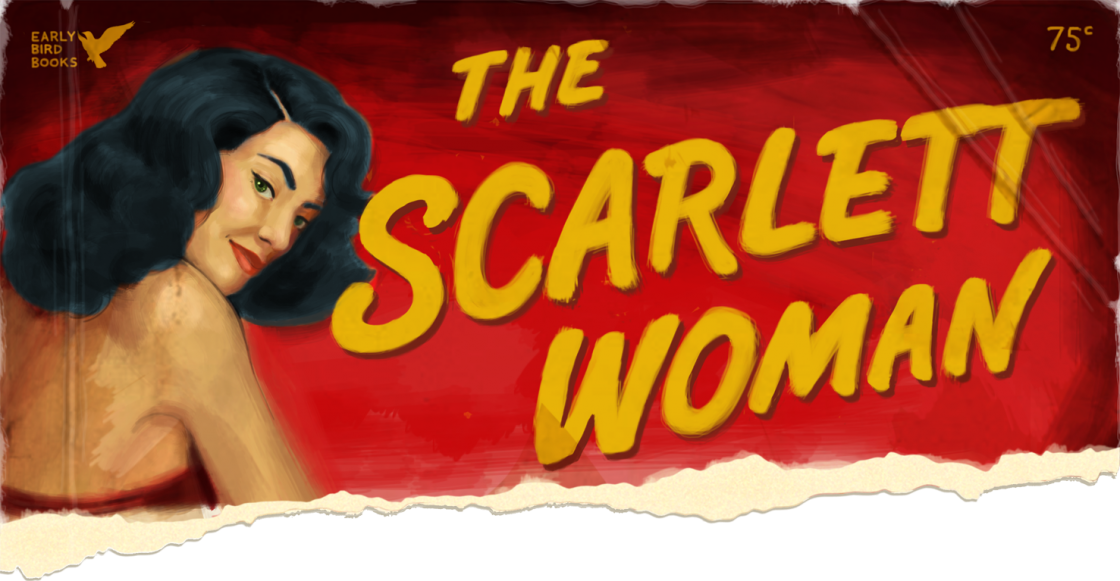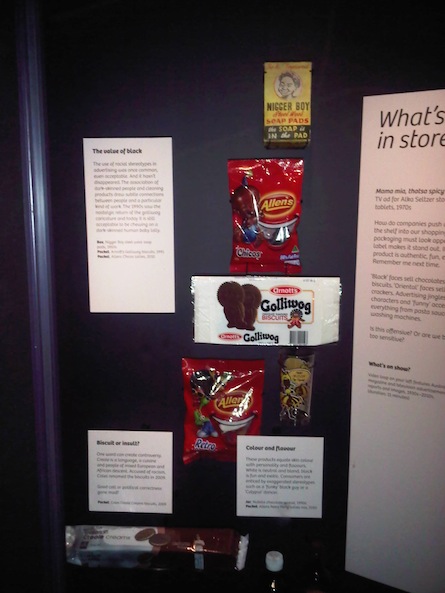Last month, London burned.
Rioters took to the streets and for five days, smashed, robbed and burned their way through a number of suburbs. News footage showed teenagers being robbed by groups of people pretending to assist them, restaurant goers being mugged over dinner by large mobs, vigilante groups taking to the streets for justice, and thieves trying on shoes before stealing them from looted shops.
Buildings which had stood for over 150 years were burned to the ground, and riot police were ignored or attacked by large mobs of young people who sacked the streets.
The riots, which caused over a billion dollars worth of damage, saw more than 1000 people arrested and left five people dead, have been blamed on criminal gangs, social networking sites and a lawless generation of young people who lack respect.
British Home Secretary, Theresa May, has denounced the riots as being acts of “sheer criminality.”
“The violence we’ve seen, the looting we’ve seen, the thuggery we’ve seen—this is sheer criminality,” she said, and by saying so she has, like so many others, simplified the issue to deal with it in the simplest terms possible. But these watery explanations about lawless youths do not fully address the issues of rioting and are rife with problematic reasoning and contradiction.
A perfect example of the problems with this type of reasoning can be found in an Australian publication which discussed the London riots. The Herald Sun’s Andrew Bolt took a similar approach to May, and attributed the violence that took place on the streets of London to a loss of family values in a contemporary world. (But let’s be honest here; what does Bolt not blame to a loss of family values?) Missing no opportunity to push his conservative agenda, Bolt claims that in the London riots, “What we saw was the kind of people hidden in the cavities of decaying society” and that these people, or at least what he refers to as its “underclasses”, are “lazy, resentful and greedy, being handed everything from the food on their plate to the plasma in the corner”.
He then gives a number of examples of the youths participating in the riots, documenting their crimes, and painting a picture of a generation of young people who are out of control. But herein lies the first contradiction; if young people are the main perpetrators of these types of crimes, as Bolt highlighted by giving examples of 11-year-old children participating in the riots, how can he object to them being given the food on their plate, or even a plasma television? (Not that I have ever heard of the poor being given free plasmas anywhere in the world, now that he has mentioned it). Since when do we not feed our children, or expect them to provide for themselves? And does it really seem logical to blame the riots on the poor for being spoiled with food? Doesn’t it seem more likely that there may be something more to this story? Rather than simplifying the issue by blaming riots on a loss of family values and a delinquent underclass, it would be better to engage with the complex history of rioting that exists across Europe and with the unique psychological effects of rioting, particularly on children and young people, who live in areas of diverse socio-economic backgrounds, and who experience high levels of feelings of relative depravation as a consequence.
Relative deprivation is basically where someone feels as though that have been deprived, not in worldly comparison, but in comparison to affluence or privilege that surrounds them on a daily basis, and which they are unable to access. It is becoming increasingly common across the Western world, and other places, as the global division between rich and poor becomes wider and as wealth becomes more visible through the media. Relative deprivation is an increasingly important phenomenon, which has been linked not only to rioting, but to other acts of violence and civil unrest, including terrorism. The psychological impacts of relative deprivation need to be further studied and better understood, particularly when “blaming-the-poor” narratives keep appearing in articles like Bolt’s, potentially adding more fuel to the civil unrest fire by ignoring the phenomenon.
Having noted the importance of feelings of relative deprivation, it is also quite plausible that the deprivation felt by these young rioters, may not only be relative. The social and political changes which have occurred in London over the past 12 months, and which have had negative consequences for many Londoners, are also likely to have had a significant impact on the rioters. One of the most notable in this case is police violence.
Riots are not typically the acts of criminals, although criminals have been known to capitalise on them; rioting has been used since before the seventeenth century by groups and individuals to express civil unrest and negative feelings toward authority figures. Although usually triggered by a particular event, riots occur after ongoing and sustained civil unrest.
The catalyst which triggered the London riots was the suspicious police shooting of Mark Duggan, an unarmed civilian, killed by police. One witness has alleged Duggan was shot at close range while pinned the ground by the police, and although this account is far from substantiated, it is known the Duggan was unarmed at the time of his death and that the bullets which the police claimed were fired at them, came from a police gun. The riots began as a peaceful vigil outside a police station, where friends and family of Duggan gathered to demand police adequately explain the circumstances of Duggan’s death. Other people, not involved in the vigil or immediately known to the Duggan family, triggered the riots by setting fire to a police car when police refused to acknowledge the vigil or address the mourning family. From then on, the riots rapidly escalated and spread throughout the city, far removed from their peaceful beginnings, and without being condoned at any point by Duggan’s family.
It is important to note that although Duggan’s shooting was the catalyst to the riots, it was not an isolated case. Police violence has become an increasingly troubling problem for the English over the last few years, particularly since the introduction of tasers in 2004, and in the last 12 months alone London Police have been widely criticised for a number of violent acts, including the brutalising of a non-violent student protester with cerebral palsy by fully-riot-gear-equipped police officers, who dragged him from his wheelchair (his only source of mobility) and then hauled him across the pavement. Similar acts of police aggression can be seen even after the riots, in the deaths of Dale Burns, 27, Jacob Michael, 25, and Philip Hulmes, 53, who all died within the last month, following incidents in which police used either tasers or pepper spray. In each case, there were at least eight officers arresting a single person, and in Michael’s case, there were 11 police present after Michael himself called them for help. During his arrest for an unknown crime, he was pepper sprayed, pinned to the floor, handcuffed and then beaten for up to 15 minutes by all 11 officers before being arrested. Two hours later, Michael died in police custody.
The purpose of presenting this evidence of police violence is not to vilify police and champion rioters, but rather to demonstrate that the issues which have contributed to the civil unrest that led to riots are complex and widespread. It also highlights that there are significant policing issues which need to be addressed in the UK and which are, by Scotland Yard’s own admission, causing a “growing anti-police sentiment” which is marked by “fury” and that during the riots “there was an atmosphere of absolute hatred towards the police and the establishment—the government—because they feel abandoned, the cuts in youth services, the cuts right across the board.” The increase in police violence is, in turn, leading to an increase in civil unrest. It is no coincidence that one day after the death of Hulmes, a marked police car was petrol bombed while patrolling in North London; just as it was no coincidence that riots ensued after the shooting of Duggan. The same thing happened in Tottenham in 1985 with riots against racially motivated police violence and it will happen again, if these issues are not addressed.
Police violence was a trigger for the London riots, but not the only cause of civil unrest in London. Other recent and highly inflammatory occurrences include the rising unemployment rate (just under 8% of the population cannot find a job in England, a figure which continues to rise), an openly corrupt media blatantly flaunting basic human rights and the law (see billionaire Rupert Murdoch and his cronies escaping criminal charges after deleting vital evidence in the murder investigation of Milly Dowler, where phone messages were deleted by journalists in the first few days after Milly’s disappearance. As a result friends and relatives of Milly concluded wrongly that she might still be alive.), the rapidly increasing cost of living (the cost of a loaf of bread has tripled in the last five years), and the extremely fast-rising cost of education (the cost of a university degree has also nearly tripled in England in the last year). These are but a few of the troubles ailing England; it is not surprising that young people might feel helpless and angry, or that they might not care if their actions disrupt plans for the Olympic games, or upset local diners and traders.
Furthermore, that the riots spread so far so fast doesn’t mean London’s “underclasses” are felonious criminals. It is well known that once a riot begins, individuals begin to exhibit pack-like behaviours in the heightened excitement and highly charged atmosphere. Young people and children are particularly prone to this psychological influence, which makes it very easy for them to be caught up in the activities of the crowd, and similarly, it can be difficult for them to associate their actions with concepts of right and wrong.
Yet little of the reporting that has taken place about the London riots has yet to examine rioting in London, and indeed the wider context of Europe, and to examine the social, political and psychological aspects of rioting, not to mention the economic considerations, which most certainly would have played their part.
England has a close history with rioting, which spans over centuries, and it is not now, nor has it really ever been, merely the acts of criminal groups who opportunistically pray on an unsuspecting society. Instead, riots reflect a much deeper and wider frustration, which in 2011 was triggered by episodes of police violence. The areas which were most badly damaged in the riots are those which have high levels of poverty, and relative deprivation, where the rich and the poor share spaces as neighbours, living in deep contrast of one another. Blaming the poor for being spoiled is like saying “let them eat cake.” It didn’t work for the French all those centuries ago, and it won’t work now.
—Tessa Keane.
Related: Life Below the Poverty Line is a Horrible Place.
Elsewhere: [The Age] London Riots Spread as Police Lose Control.
[Herald Sun] Rioters Show a Nation Split & Family Values Gone Forever.
[CBC News] London Riots Erupt After Fatal Police Shooting.
[London Progressive Journal] Jody McIntyre: Victim of Police Brutality & Media Distortion.
[The Guardian] Man Does After Taser Arrest Near Bolton.
[The Guardian] Notting Hill Carnival: Tensions High After Recent Deaths, Say Police.
[The Observer] Notting Hill Carnival Curfew Plan is “Pie in the Sky”, Warn Police on Ground.
[The Guardian] Missing Milly Dowler’s Voicemail Was Hacked by News of the World.
[The Telegraph] London Living Costs on the Rise.








